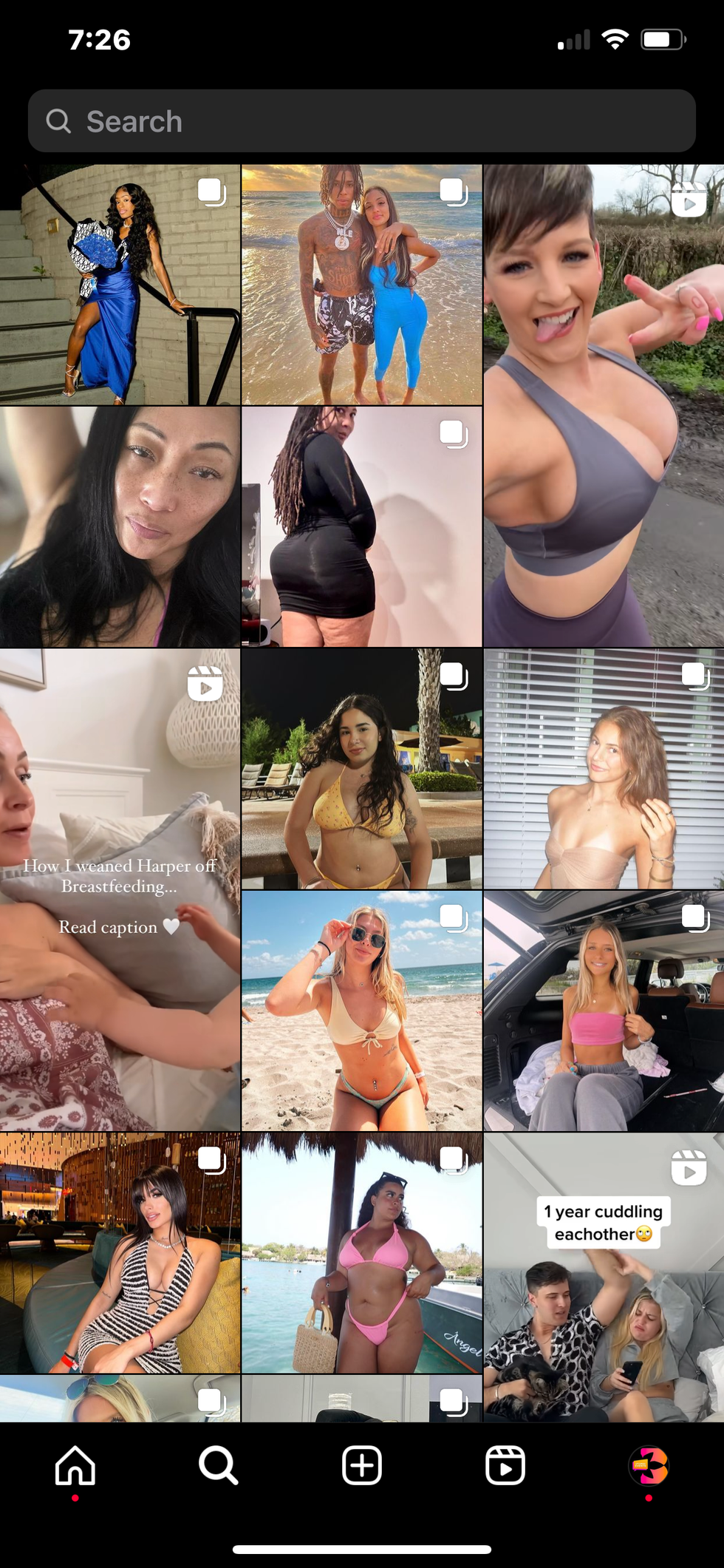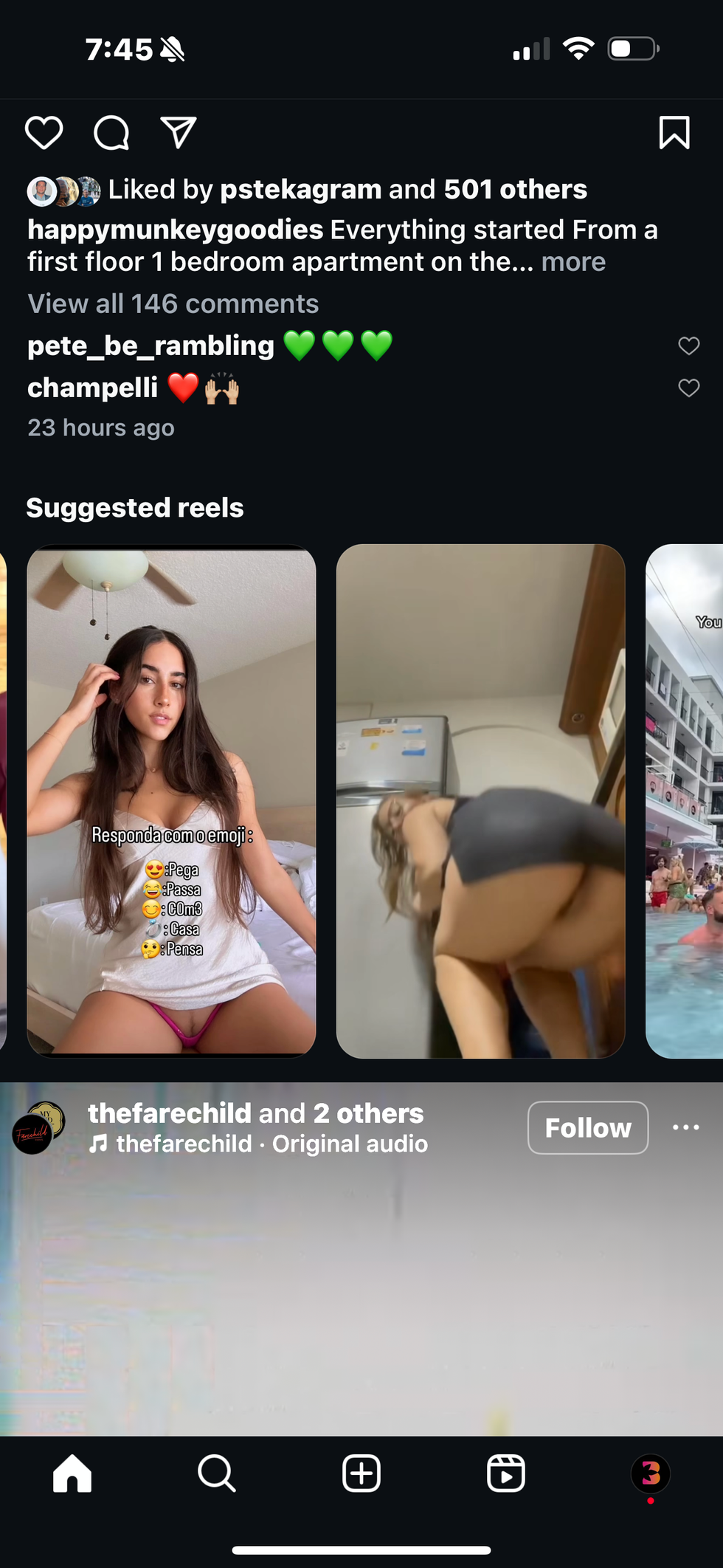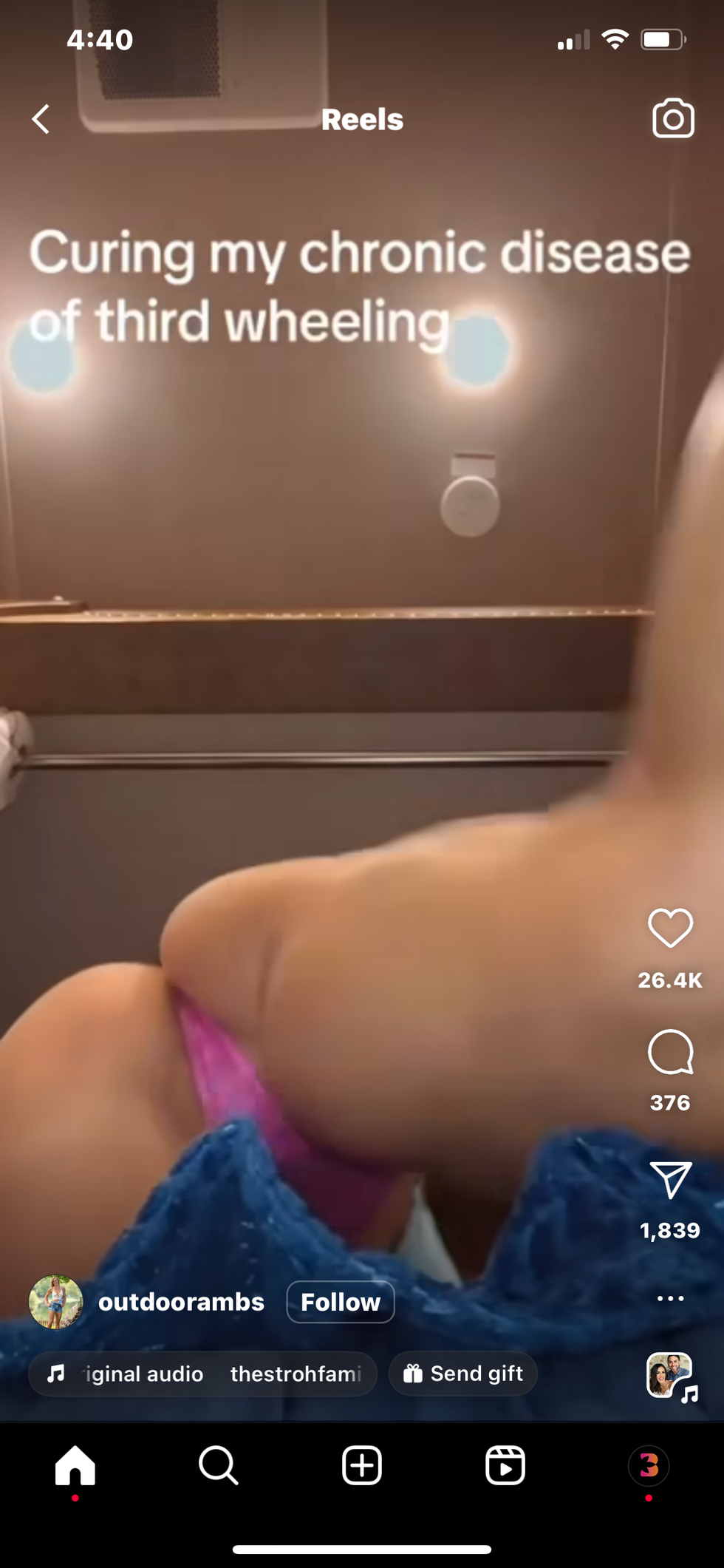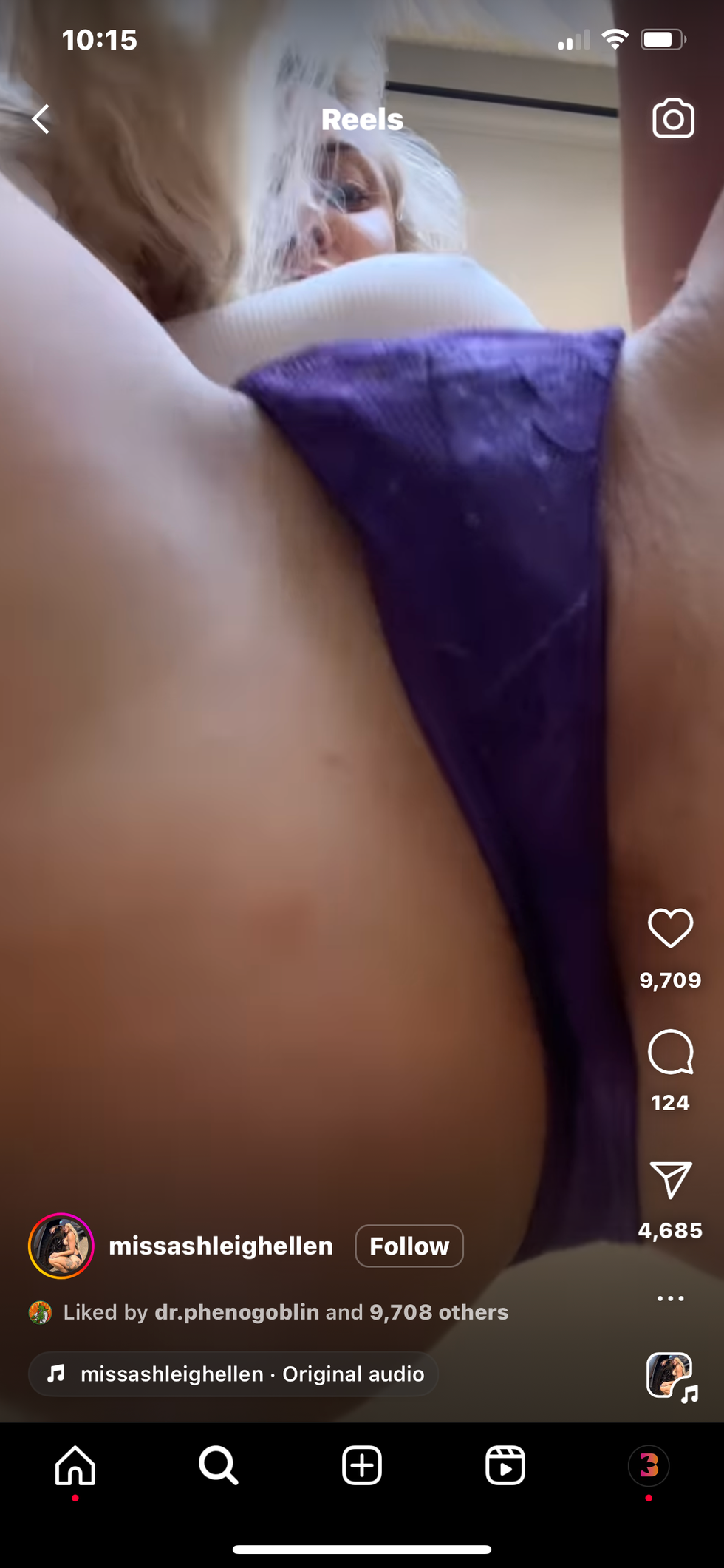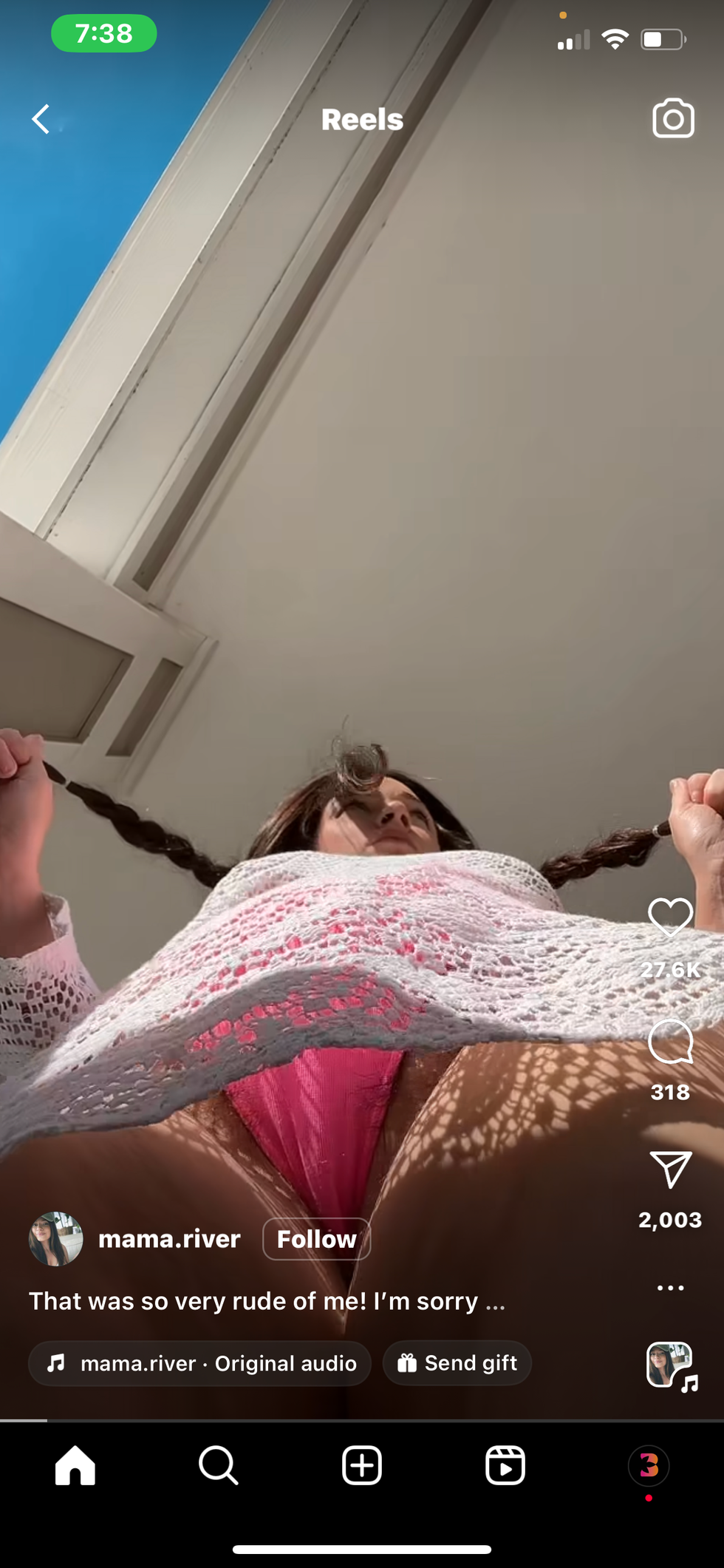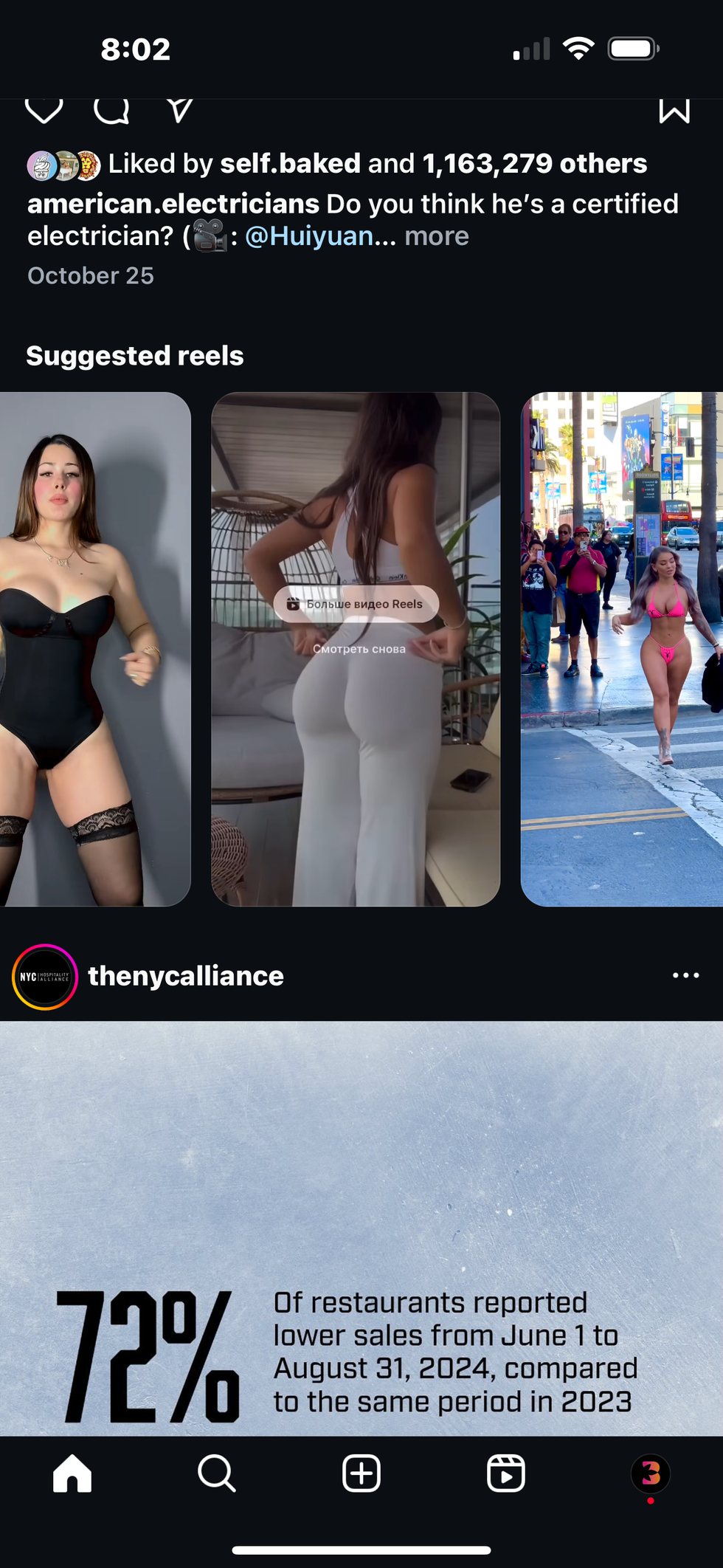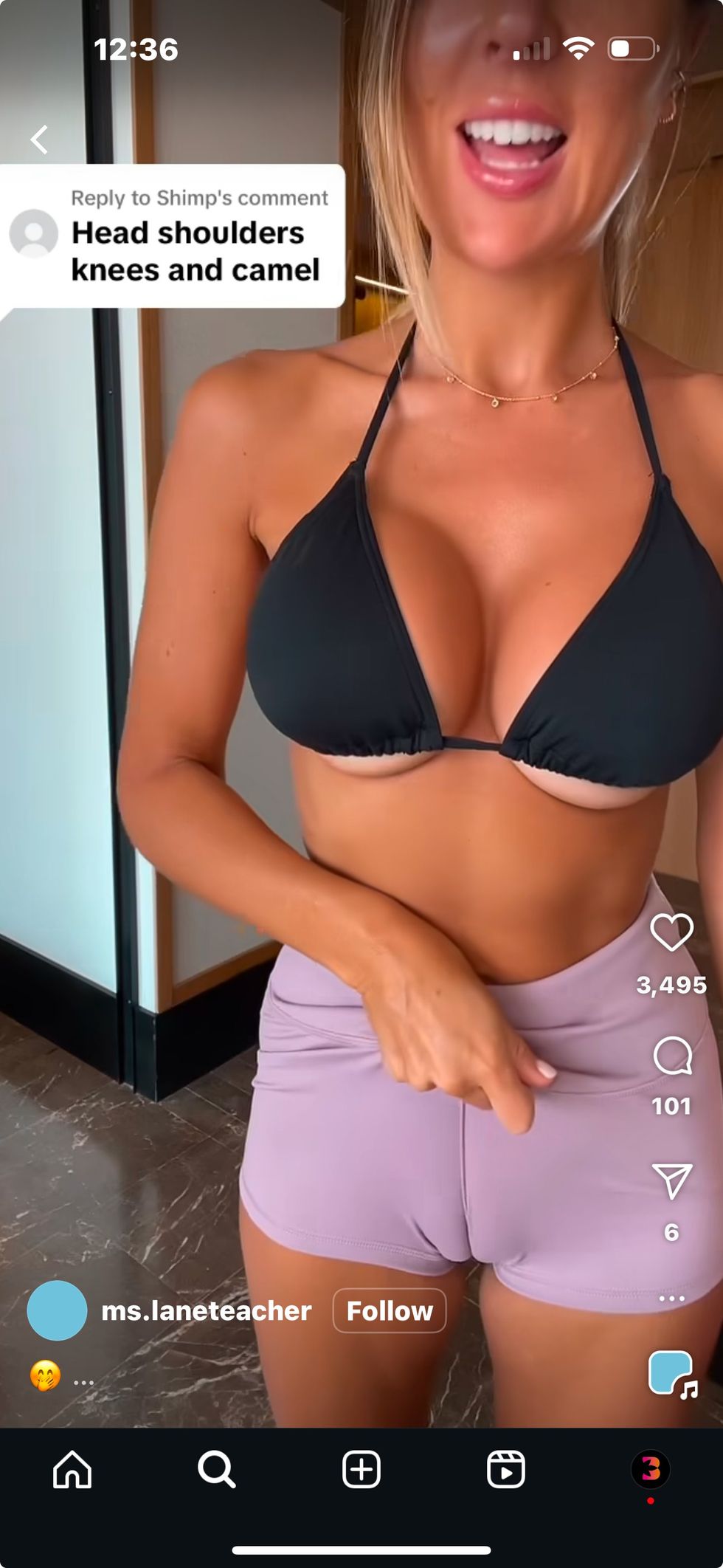Quick Overview:
- Lowest drinking rate on record: Just 54% of U.S. adults now say they drink according to Gallup's latest report, the lowest percentage in nearly 90 years. A majority (53%) say even moderate drinking is bad for health.
- Channel still long inventory: Jefferies pegs the alcohol inventory-to-sales ratio at ~1.69x, above recent averages, evidence the COVID "super-cycle" is over and the system is digesting stock.
- Behavior shift, not a blip: IWSR shows non-alcoholic beer up ~9% in 2024, the fastest-growing beer segment globally, as traditional alcohol volumes fell.
- Where growth lives: According to BDSA, THC beverages are accelerating from a small base: Michigan +112%, Ohio +79%, Illinois +47%, Maryland +35% (Q1'25 vs. Q1'24). U.S. THC drink sales topped $1B in 2024.
- Thesis: This isn't a hangover; it's a harm-reduction era. Brands that design for wellness, dose-clarity, and next-day readiness will win.
Alcohol Just Lost Its Mandate
For the better part of a century, alcohol didn't need to justify its existence. It simply was the social lubricant, the after-work ritual, the weekend reward. You didn't question it any more than you questioned coffee in the morning or dinner at night.
That era is (apparently) over.
In August, Gallup delivered a data point that should make every beverage executive sit up: only 54% of Americans now identify as drinkers, the lowest share in the survey's near-90-year history. Even more striking, for the first time ever, a majority of Americans, 53%, believe that even moderate drinking is bad for your health.
The numbers get worse when you dig into frequency. Just 24% of Americans said they'd had a drink in the previous day, a record low. Fully 40% hadn't touched alcohol in a week. This isn't statistical noise or a post-pandemic blip. This is a fundamental reappraisal of what alcohol delivers versus what it costs and increasingly, consumers are deciding the math doesn't work.
Meanwhile, behind the scenes, the beverage industry is still nursing a hangover from its own excess. Jefferies analysts note that the alcohol inventory-to-sales ratio sat around 1.69x in July, well above the three-year average and pushing against long-run trends. In plain English: warehouses are full, shelves are stocked, but products aren't moving the way they used to. The COVID bump that brief, glorious moment when locked-down consumers loaded up their home bars, has not just faded. It's reversed.
This is what a secular shift looks like in real time. Not a sudden crash, but a slow-motion reordering of priorities where the old default loses its power and new behaviors start to feel normal.
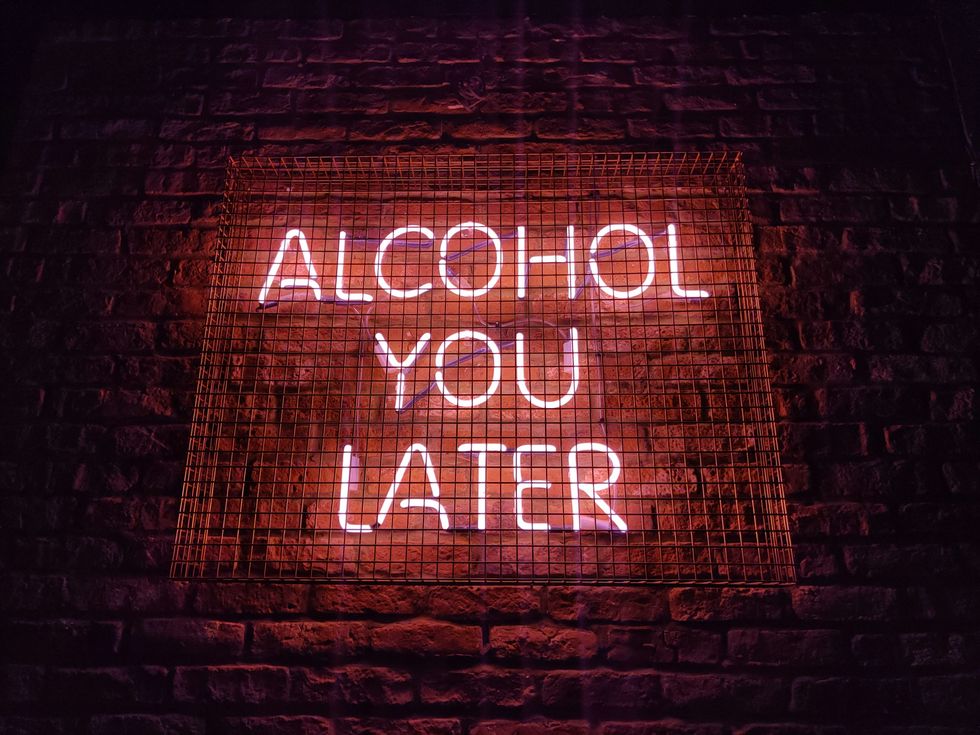
The Science Caught Up, Then the Culture Did
The turning point wasn't a single study or celebrity PSA. It was cumulative, a steady drip of evidence that finally broke through the cultural membrane.
For decades, the narrative around alcohol was hedged, even optimistic. Remember when a glass of red wine was supposed to be good for your heart? That story held for years, providing cover for casual consumption and giving health-conscious drinkers something to cling to.
Then the research started to tighten. Major studies began showing that any amount of alcohol carries risk - increased cancer rates, cardiovascular problems, mental health impacts. The World Health Organization declared there's no safe level of alcohol consumption. The American Cancer Society updated its guidelines. What was once a marginal position in wellness circles became mainstream medical consensus.
And unlike past health campaigns that took decades to shift behavior, this one moved fast. Gen Z grew up seeing these headlines. Millennials, already primed by fitness culture and optimization mindsets, absorbed the message and started adjusting. The result: a generation that treats sobriety or near-sobriety not as deprivation, but as strategy.
Gallup's cross-tabs show the generational divide clearly. Younger adults, the cohort that's supposed to drive growth for the next 30 years, are checking out of alcohol at rates that would have been unthinkable a decade ago. They're not moralistic about it, just pragmatic: why feel like garbage tomorrow when you don't have to?
The Supply Chain Tells the Real Story
Here's what the data nerds understand that the marketing teams sometimes miss: inventory ratios don't lie.
When Jefferies flags an inventory-to-sales ratio of 1.69x, that's not just a footnote for analysts. It's a flashing red light. It means the channel, distributors, retailers, bars, restaurants, is holding more product relative to what's actually selling than it has in recent memory.
This has cascading effects. Price promotions become less effective because the system is already drowning in stock. Innovation cycles slow because there's no room on the shelf. Marketing dollars work less efficiently because you're trying to accelerate demand for a category that consumers are actively rethinking.
And here's the kicker: this isn't a short-term overhang that clears in a quarter or two. The elevated inventory reflects a longer reality—demand isn't coming back to 2019 or 2020 levels. The category has to right-size itself to a new, smaller baseline.
For established alcohol brands, this is the profit squeeze. Unit economics in beverages are built on frequency and volume. When weekly drinkers become monthly drinkers, when monthly drinkers become occasional drinkers, the entire model strains. You can't promo your way out of that. You have to compete for a fundamentally different consumer mindset.
The Substitution Economy Is Here—And It's Not What You Think
Here's where it gets interesting: people aren't staying home and drinking water.
They're still going out. They're still socializing. They're still reaching for something in a can or glass that signals relaxation, celebration, connection. They're just not automatically reaching for alcohol.
IWSR, the global beverage research firm, reports that non-alcoholic beer is now the fastest-growing segment in the beer category worldwide, up roughly 9% in 2024 while traditional alcohol volumes slumped. That's not a quirky trend in health-food stores. That's mainstream consumer behavior in gas stations, bars, and stadium concessions.
And it's not just NA beer. Low-alcohol wines, alcohol-free spirits, functional sodas, adaptogenic drinks—the entire "better-for-you beverage" category is exploding because it solves the core problem: how do I participate in the social ritual without the trade-offs?
But the real insurgent, the category stealing occasions at a pace that should terrify legacy alcohol brands, is THC beverages.
From a relatively small base, THC drinks are posting growth numbers that look like software, not CPG. BDSA data shows Michigan up 112% year-over-year in Q1 2025, Ohio up 79%, Illinois up 47%, Maryland up 35%. [BDSA] Independent estimates peg total U.S. THC beverage sales at over $1 billion in 2024, and that's with distribution still limited by state-by-state legalization.
Why the explosive growth? Three reasons:
- Dose clarity. Unlike smoking or edibles, where dosing is imprecise and effects unpredictable, THC beverages offer 2mg, 5mg, or 10mg formats that let consumers titrate their experience. You're not guessing. You're choosing.
- Wellness alignment. Low calories, no hangover, no bloat. For the fitness-first, optimization-minded consumer, it's a no-brainer.
- Social familiarity. THC drinks come in seltzers, spritzers, and cans that look and feel like what people already drink. There's no learning curve, no stigma, no awkward explanation. You just crack it open.
The implication is stark: for the "one more round" occasion, that moment when you're deciding whether to have another drink, an increasing number of consumers are choosing a THC seltzer over a fourth beer. And unlike alcohol, which delivers diminishing returns and increasing downsides with each additional drink, THC beverages offer a more controllable, predictable experience.

The Numbers Don't Lie
Let's zoom out for a second and look at the macro picture, because this matters for anyone tracking consumer trends, investing in the space, or running a business dependent on discretionary spending.
U.S. alcohol volumes fell in 2023 and kept falling through 2024. Beer: down. Wine: down. Spirits, the supposed bright spot that was going to save the category, also turned negative. This isn't one segment struggling while others compensate. The entire category is contracting.
The inventory overhang persisted into mid-2025, confirming this isn't a short-term destocking but a structural reset.
And here's the historical context that should make everyone pause: U.S. per-capita alcohol consumption typically ranged between 8 and 9 liters of pure alcohol per year for decades. Some analyst scenarios now openly discuss a return to levels last seen in the 1960s - around 7 liters - if current moderation trends hold.
Think about what that means. An entire generation of beverage strategy, distribution networks, pricing models, and marketing playbooks were built for a consumption baseline that may no longer exist. This isn't a hangover. This is a category in structural decline, with growth happening around it, not within it.
Why This Matters Beyond the Beverage Aisle
If you're in food and beverage, hospitality, entertainment, or retail, this shift ripples through everything.
The profit engine breaks. Beverage alcohol has historically been one of the highest-margin categories in restaurants, bars, and venues. When frequency drops, those margins evaporate, forcing operators to rethink pricing, menus, and experiences.
Marketing efficiency collapses. When the channel is long, when inventory is elevated and sell-through is soft, promotional ROI craters. Brands end up spending more to move less, and innovation budgets get squeezed because there's no shelf space for new SKUs.
Consumer trust is being repriced. "Better for me" isn't marketing fluff anymore. It's the core decision filter. Products that can credibly deliver on wellness, control, and next-day readiness will out-compete products that can't, regardless of heritage, taste, or ad spend.
Occasions are being rewritten. The old calendar: happy hour, game day, Friday night, bachelor party - is getting replaced. The new occasions are post-workout socials, Sunday-morning-friendly nights, midweek micro-hangs that don't wreck productivity. If your brand strategy is still optimized for 2018 occasions, you're solving for a world that no longer exists.
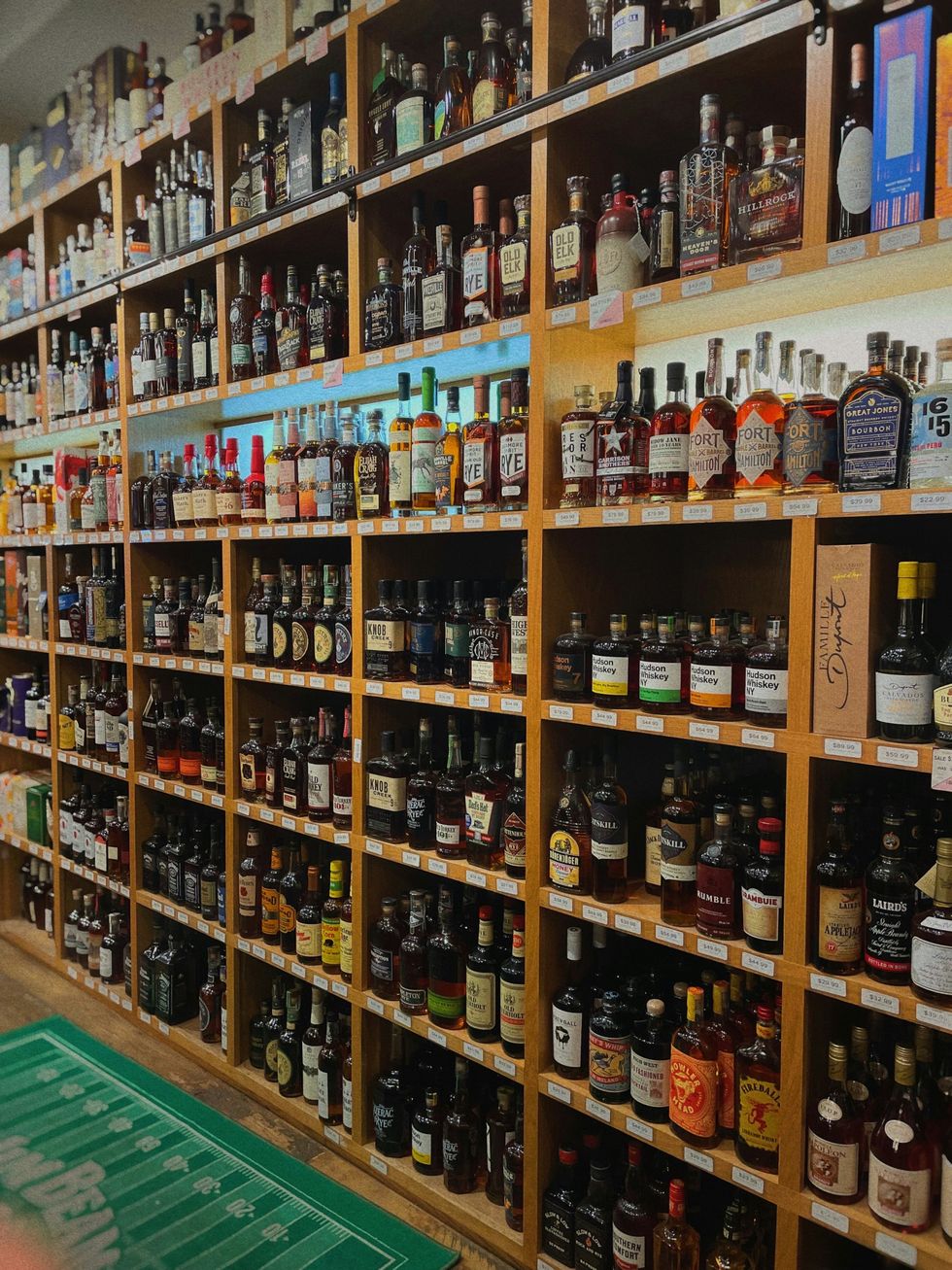
The Playbook: Compete With the Future, Not the Past
So what do you do if you're running a beverage brand, investing in the space, or advising companies that depend on discretionary consumer spending? Here's the hard-earned wisdom from brands that are winning in this environment:
Design for the wellness barbell. Stop treating no-alcohol and low-alcohol as compliance products or afterthoughts. Pair credible NA SKUs with lower-ABV innovations that actually taste great. Treat your NA line like a first-class citizen with real R&D dollars, real shelf presence, and real marketing support. The consumers opting for NA aren't settling, they're choosing. Meet them there.
Dose clarity beats mystery. In states where it's legal, explore THC beverage partnerships or white-label pilots with transparent, consistent dosing—2mg, 5mg, 10mg formats with rapid-onset technology. The "one more round" many consumers actually want isn't a fourth IPA or a third cocktail. It's a 5mg THC spritz that delivers a controlled, pleasant experience without the next-day penalty.
Fix the plumbing before the party. In a long inventory environment, the winning move isn't splashy ATL campaigns. It's ruthless operational discipline: normalizing inventory-to-sales ratios, tightening trade terms, rationalizing SKUs, and improving forecast accuracy. Get the channel healthy before you try to drive demand.
Rebuild the occasion map from scratch. Stop optimizing for happy hour and game day as your primary use cases. Start designing for post-work micro-socials among people who have early workouts, fitness-adjacent meetups where no one wants to feel sluggish, and Sunday-friendly nights where people still have responsibilities the next day. The new occasions are smaller, more frequent, more wellness-conscious, and more compatible with a busy, optimized life.
Hire for the future, not the resume. The talent that built alcohol brands over the last 30 years is exceptional at what they do. But the playbook is changing. The next wave of winning brands will be led by people who understand functional beverages, harm reduction, dose science, wellness marketing, and how to compete in a category where the old defaults no longer apply.
FAQs:
Is U.S. drinking really at a 90-year low?
Yes. Gallup reports that 54% of adults say they drink alcohol, the lowest reading on record in its near-90-year tracking. Additionally, 53% now say even moderate drinking is bad for health, marking the first time a majority of Americans hold that view.
Did the COVID bump just fade, or is something bigger happening?
Much bigger. The COVID bump didn't just fade, the system is still digesting the excess inventory it created. The inventory-to-sales ratio of approximately 1.69x signals warehouses and channels are holding elevated stock relative to sell-through, indicating a structural demand shift rather than a temporary dip.
Are non-alcoholic options actually growing, or is this just hype?
It's real growth. Non-alcoholic beer is now the fastest-growing segment within the global beer category, up approximately 9% in 2024 while traditional alcohol volumes declined. This isn't niche wellness culture, it's mainstream consumer behavior.
Are THC drinks still a niche product?
Not for long. While starting from a smaller base, THC beverages are posting triple-digit and high double-digit year-over-year growth rates in multiple states. Michigan grew 112%, Ohio 79%, Illinois 47%, and Maryland 35% in Q1 2025 versus Q1 2024. Independent analysts estimate U.S. THC drink sales exceeded $1 billion in 2024, with significant runway as legalization expands and distribution matures.
Is alcohol becoming the next tobacco?
Not exactly one-for-one, but the comparison isn't crazy. Harm reduction is now the organizing principle for how consumers think about alcohol. That cultural and scientific shift favors no-alcohol, low-alcohol, and dose-defined alternatives like THC beverages. Traditional alcohol brands are being forced to compete on next-day readiness and wellness credentials as much as taste and tradition. The difference from tobacco: substitutes exist that preserve the social ritual while reducing harm.
The Bluntness Take
Alcohol isn't dying. But the playbook that built a $250 billion U.S. industry is becoming obsolete.
The country is entering a moderation-first era where consumers are rewriting the rules of social drinking. They want control over their experience, clarity about what they're putting in their bodies, and the ability to show up fully the next day. No-alcohol, low-alcohol, and THC beverages win the "one more round" occasions because they deliver on those promises. Traditional alcohol increasingly doesn't.
If your strategy is still built for 2018 consumer behavior—high-frequency drinking, tolerance for hangovers, default reach for alcohol—you're already late. The next decade belongs to brands that engineer wellness, dose transparency, and next-day readiness into the experience itself, then prove it in every interaction.
The data is unambiguous. The inventory is elevated. The consumer has moved on.
The only question left is whether you're moving with them.

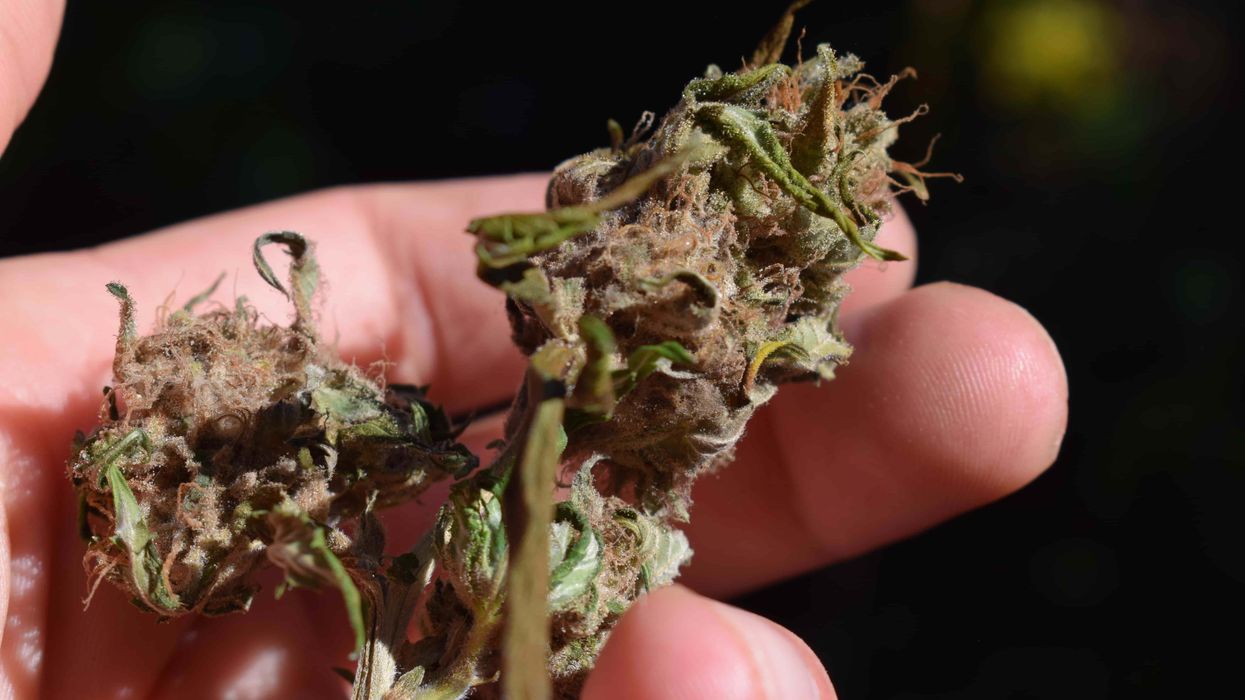
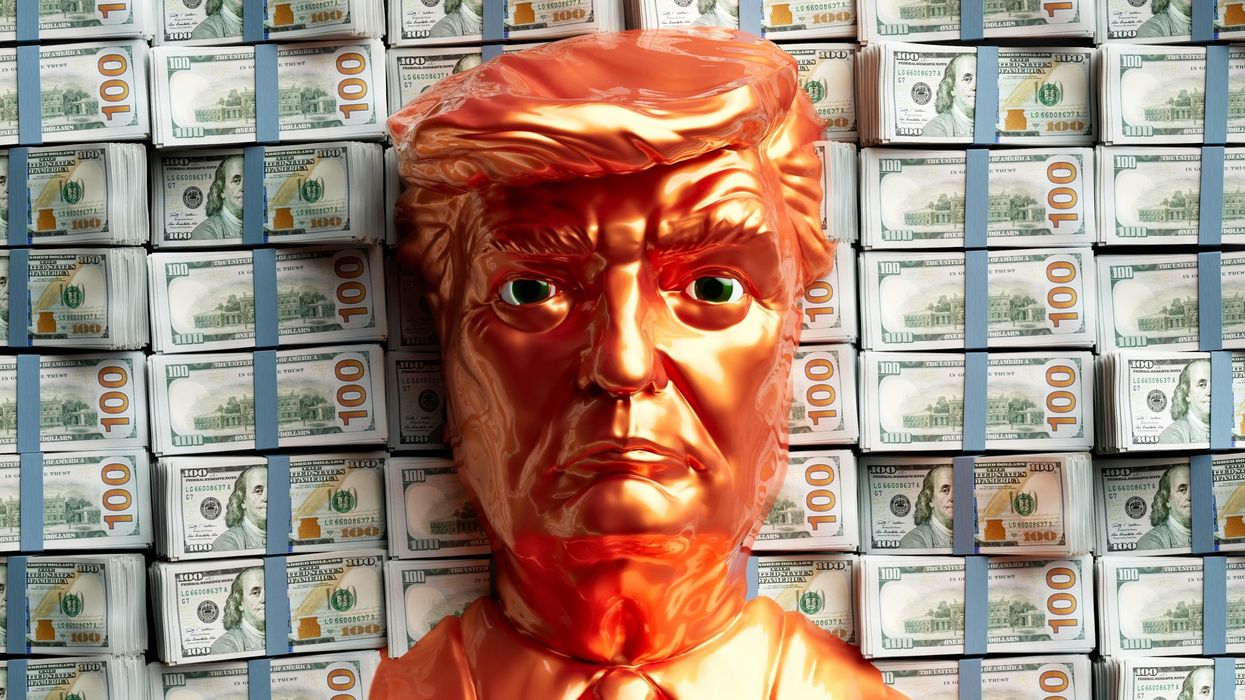
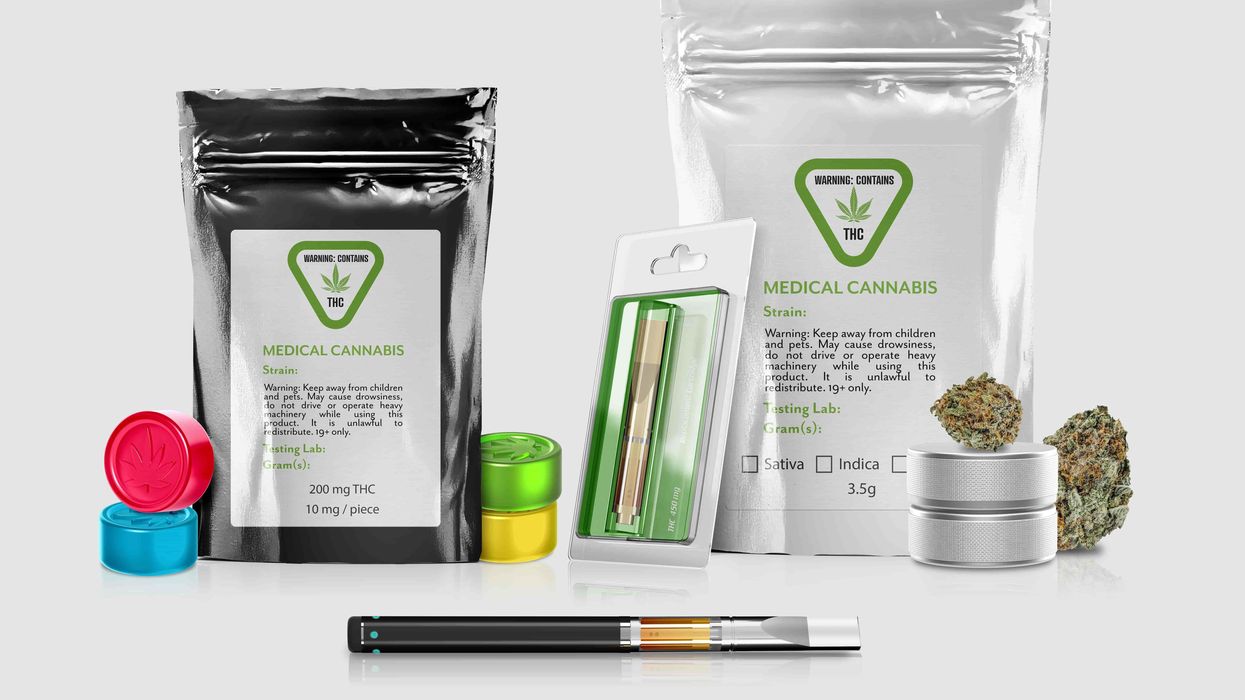


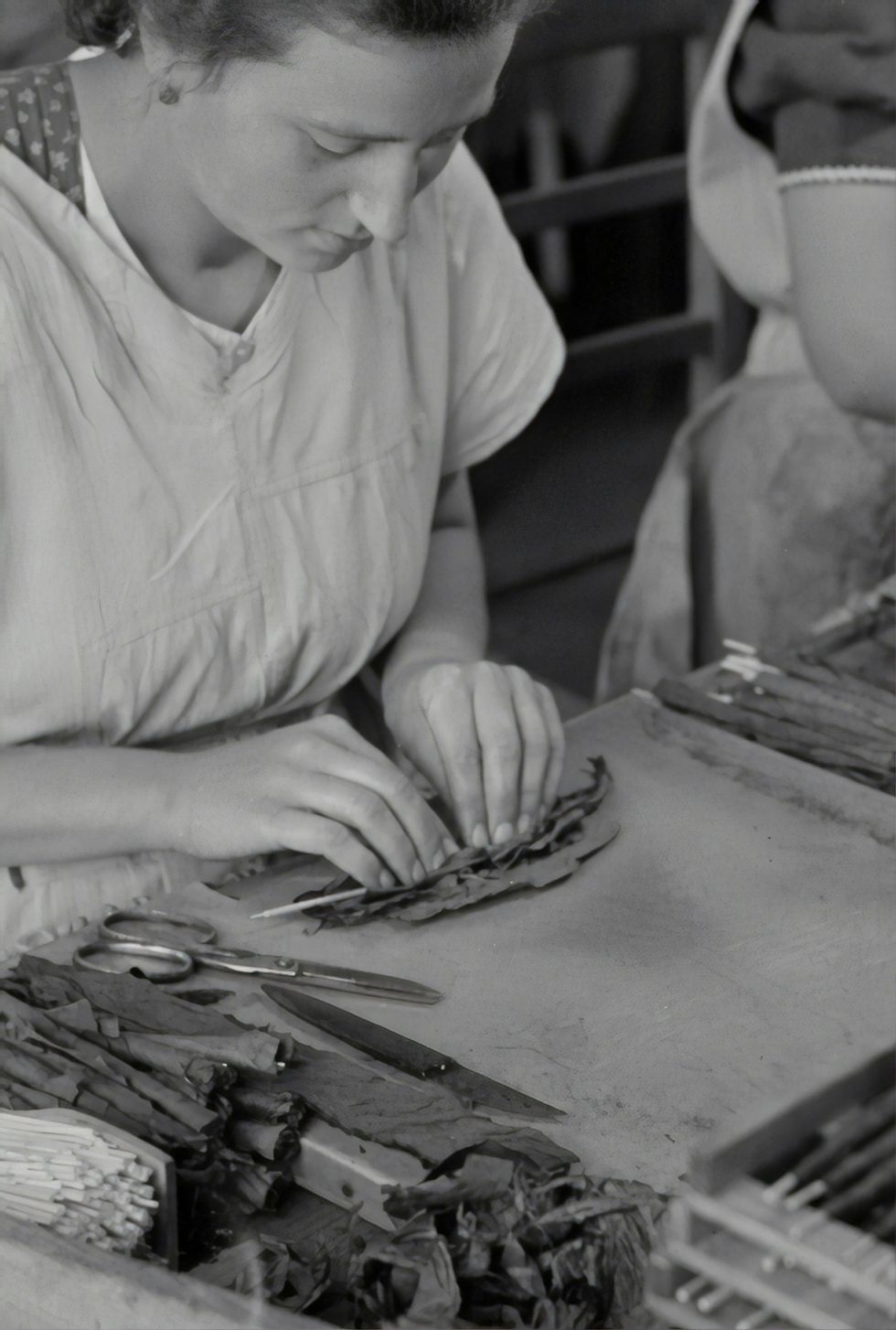 How to Make a Cannagar Without a Mold: A Comprehensive Guide - The Bluntness
Photo by
How to Make a Cannagar Without a Mold: A Comprehensive Guide - The Bluntness
Photo by 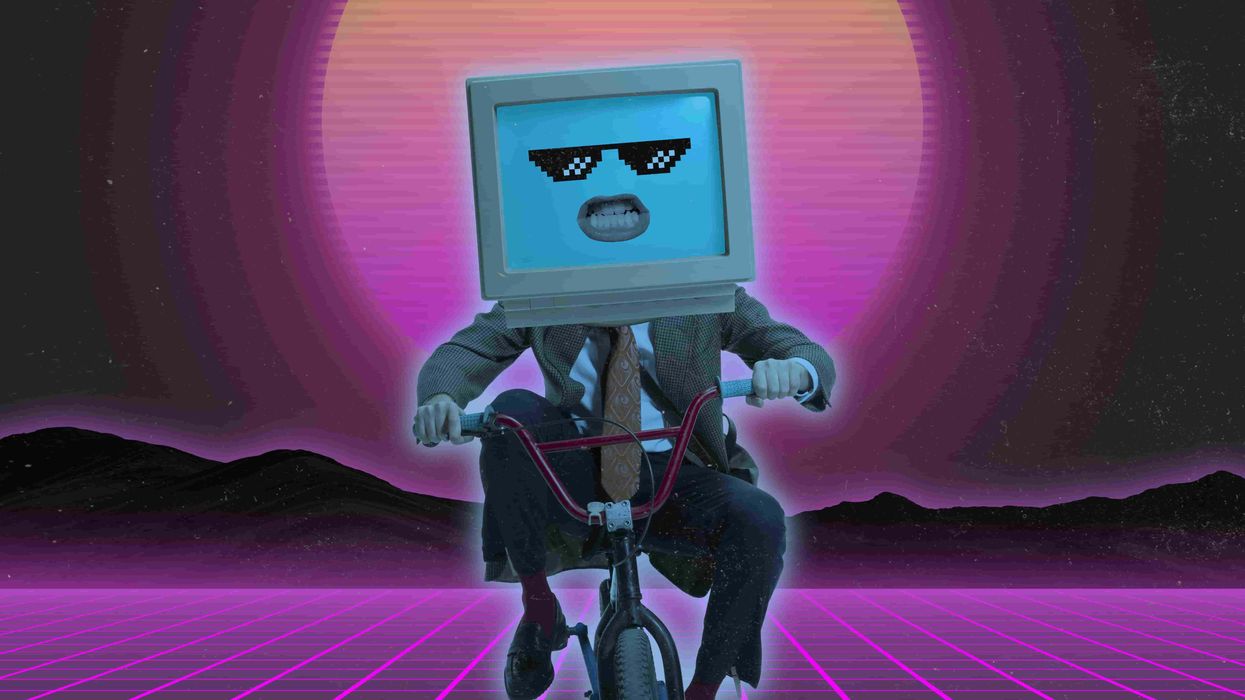
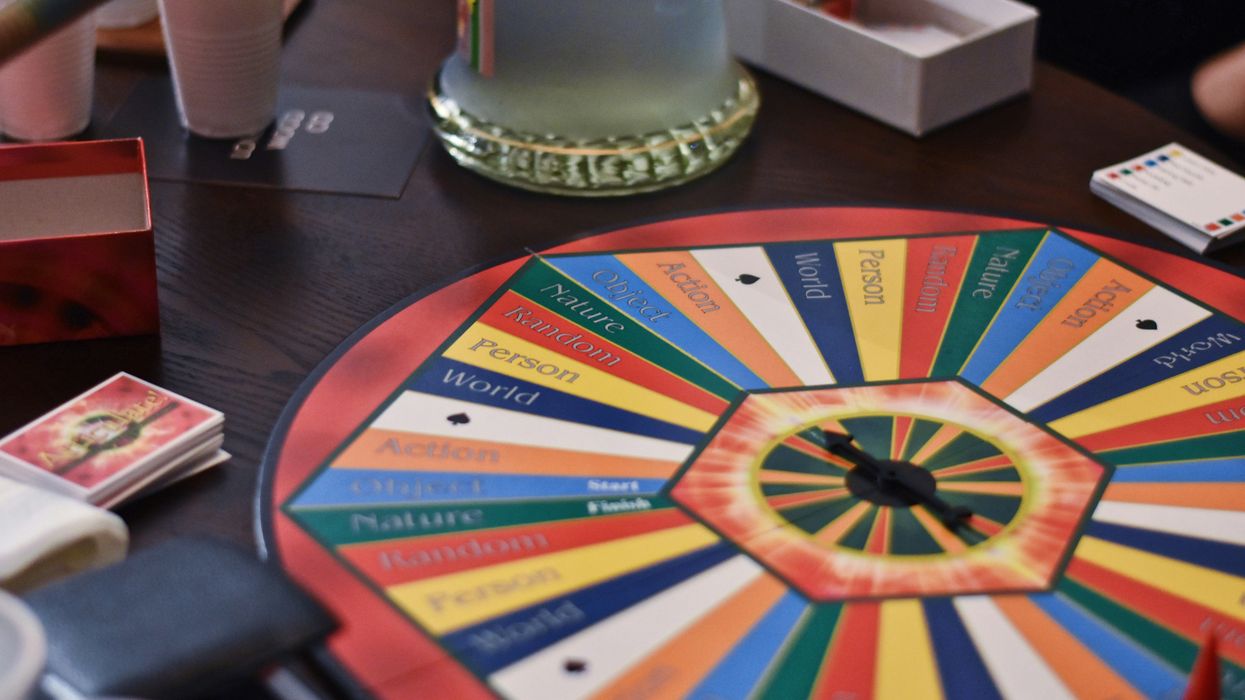
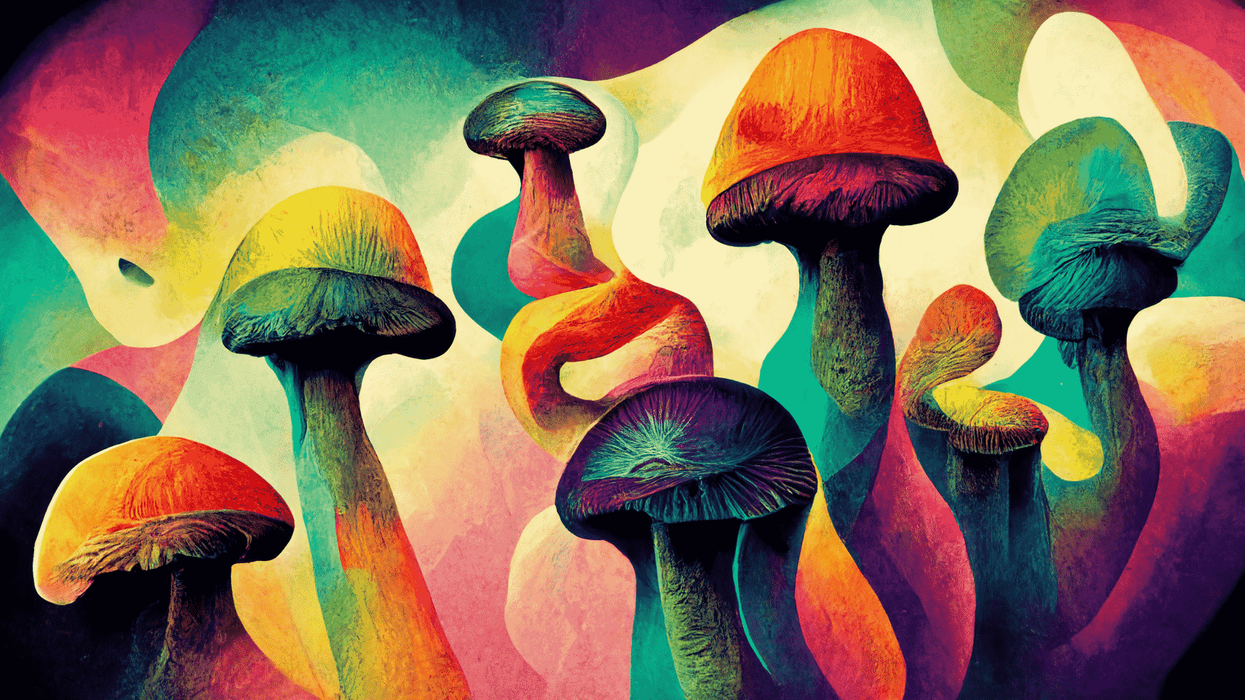
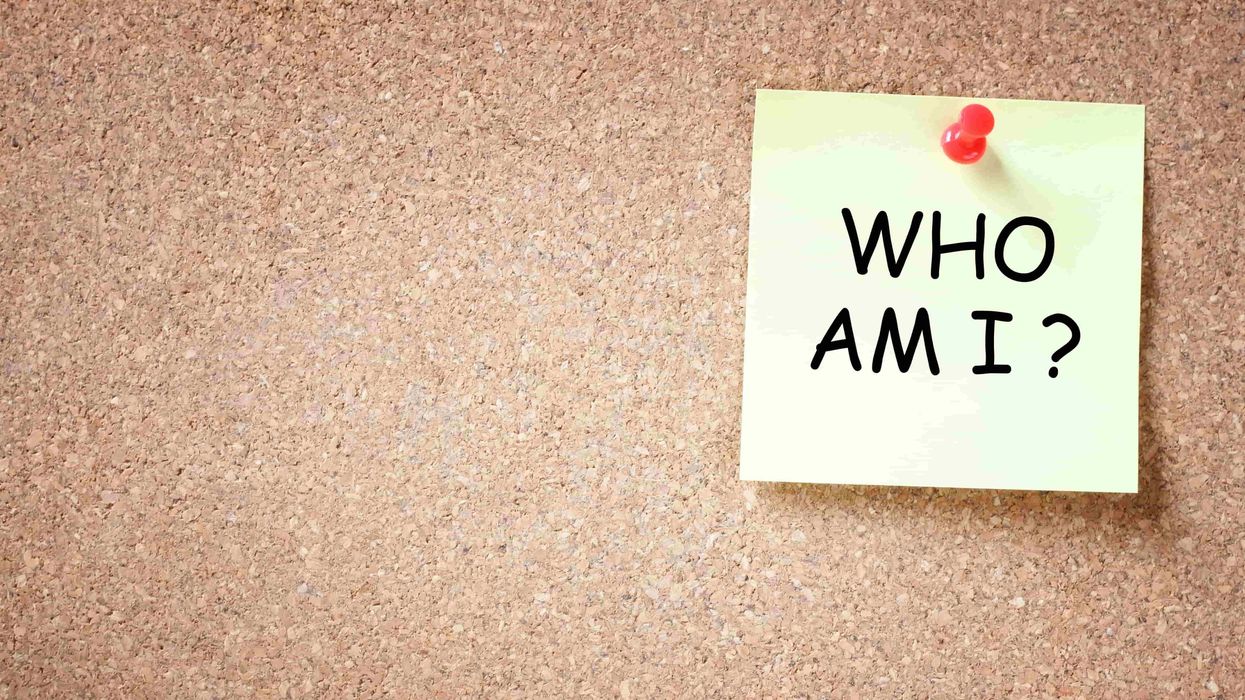
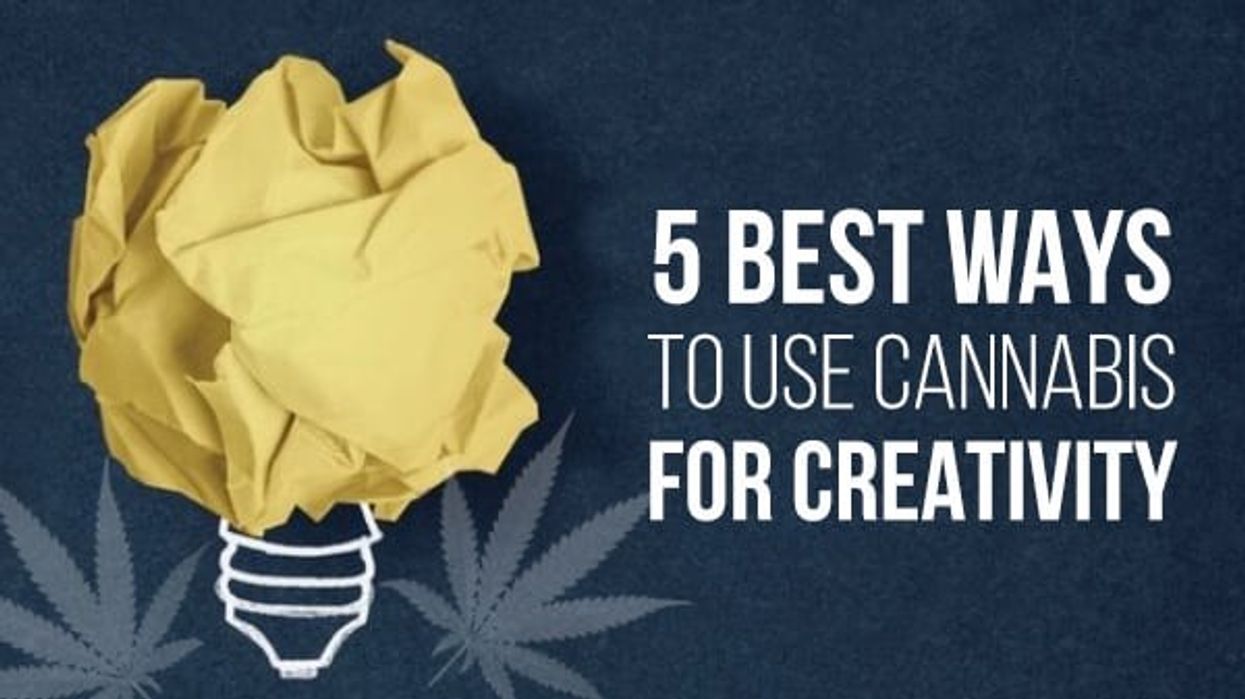
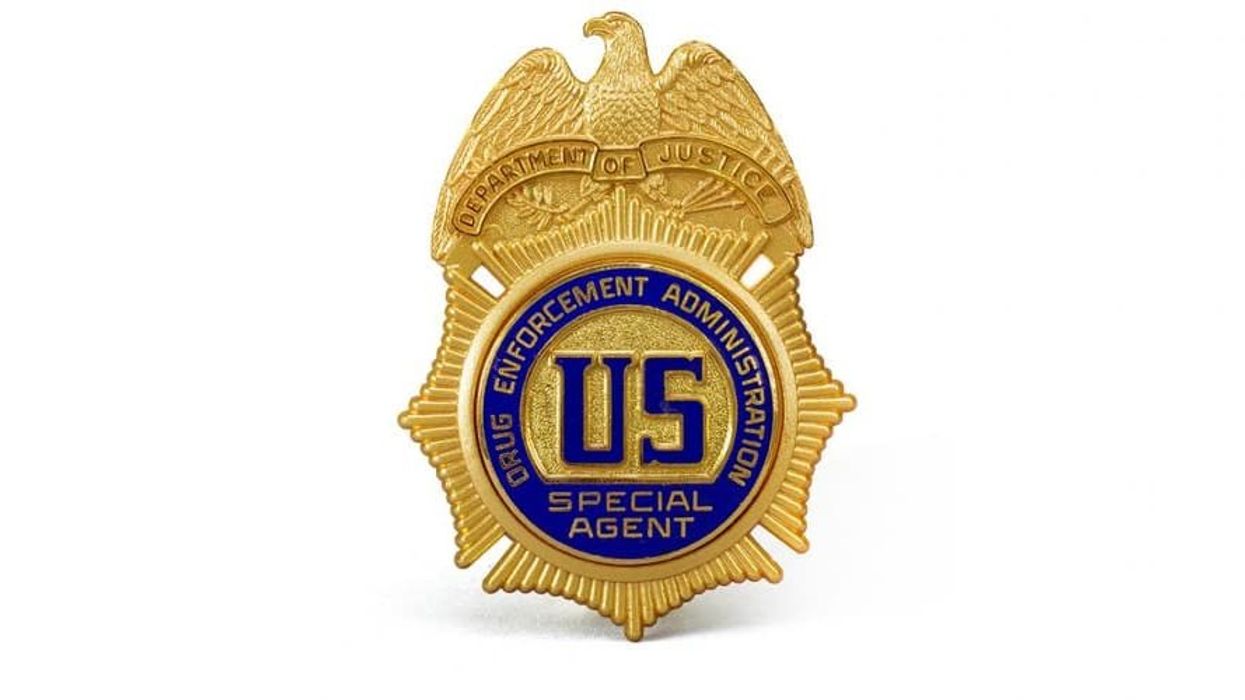
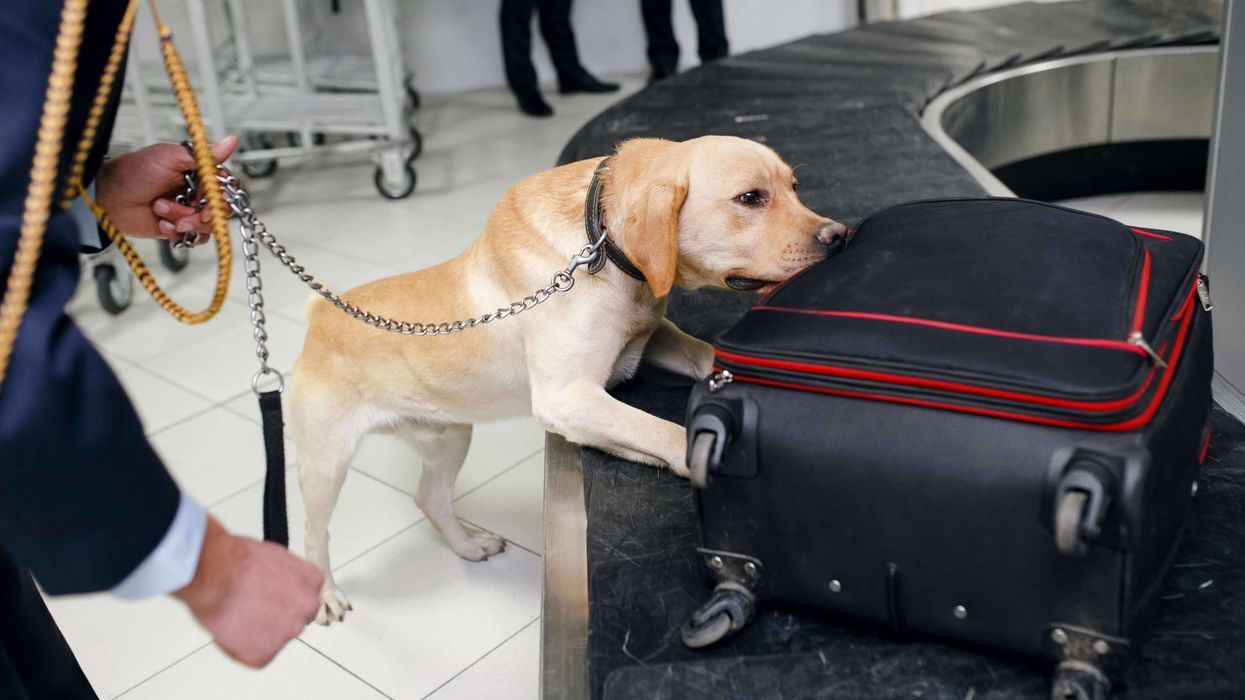
 Can Drug Dogs Smell Edibles? - The Bluntness
Photo by
Can Drug Dogs Smell Edibles? - The Bluntness
Photo by 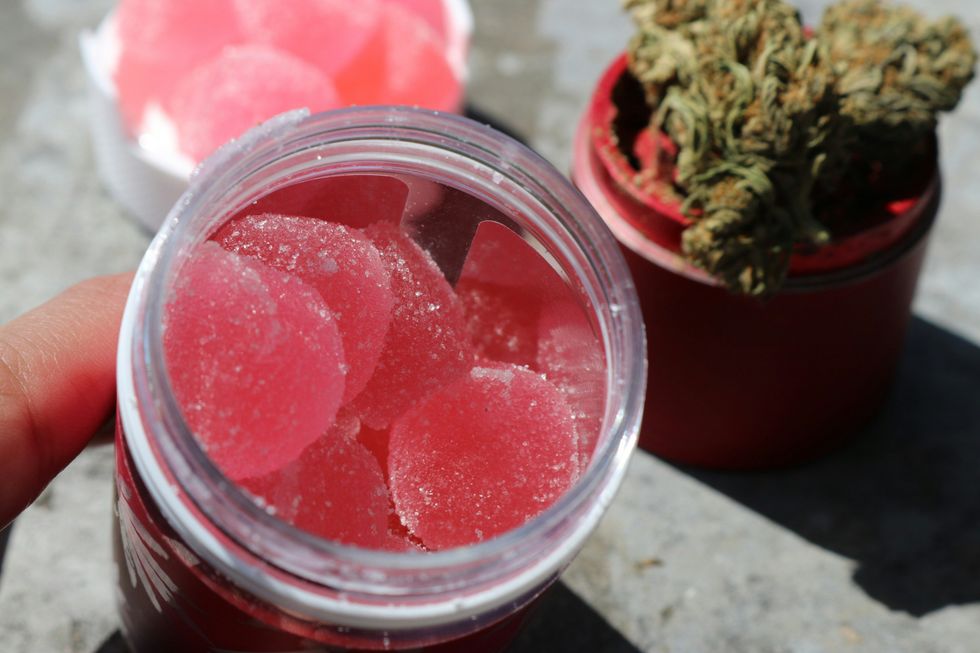 Can Drug Dogs Smell Edibles? - The Bluntness
Photo by
Can Drug Dogs Smell Edibles? - The Bluntness
Photo by 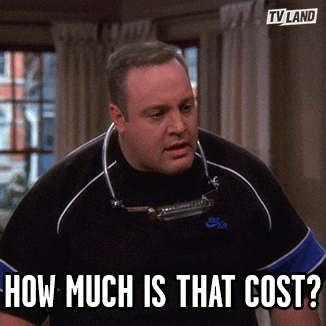
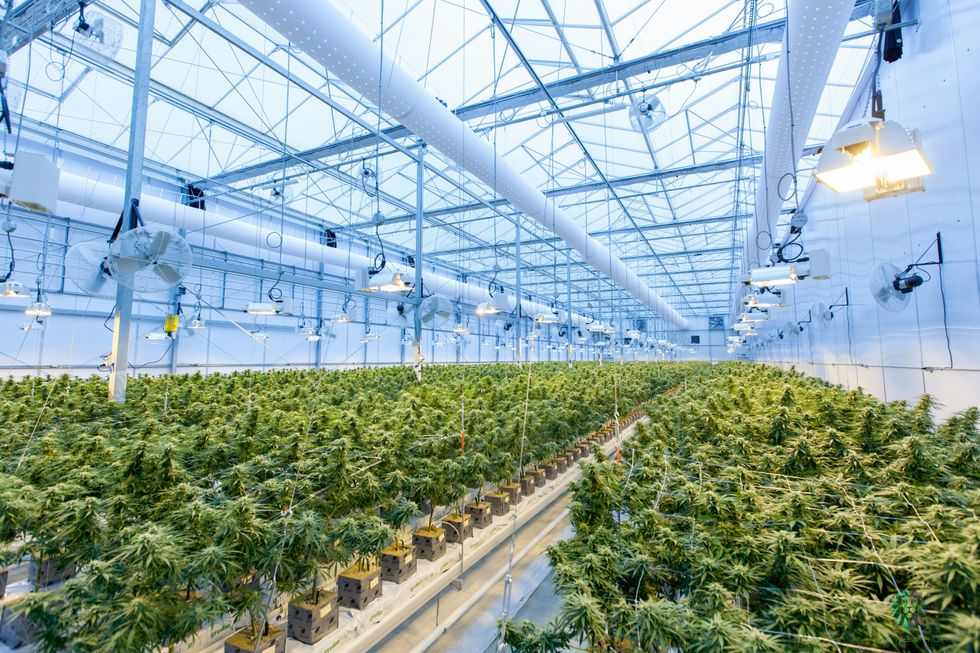 When it comes to pricing, cultivation methods matter - The Bluntness
Photo by
When it comes to pricing, cultivation methods matter - The Bluntness
Photo by 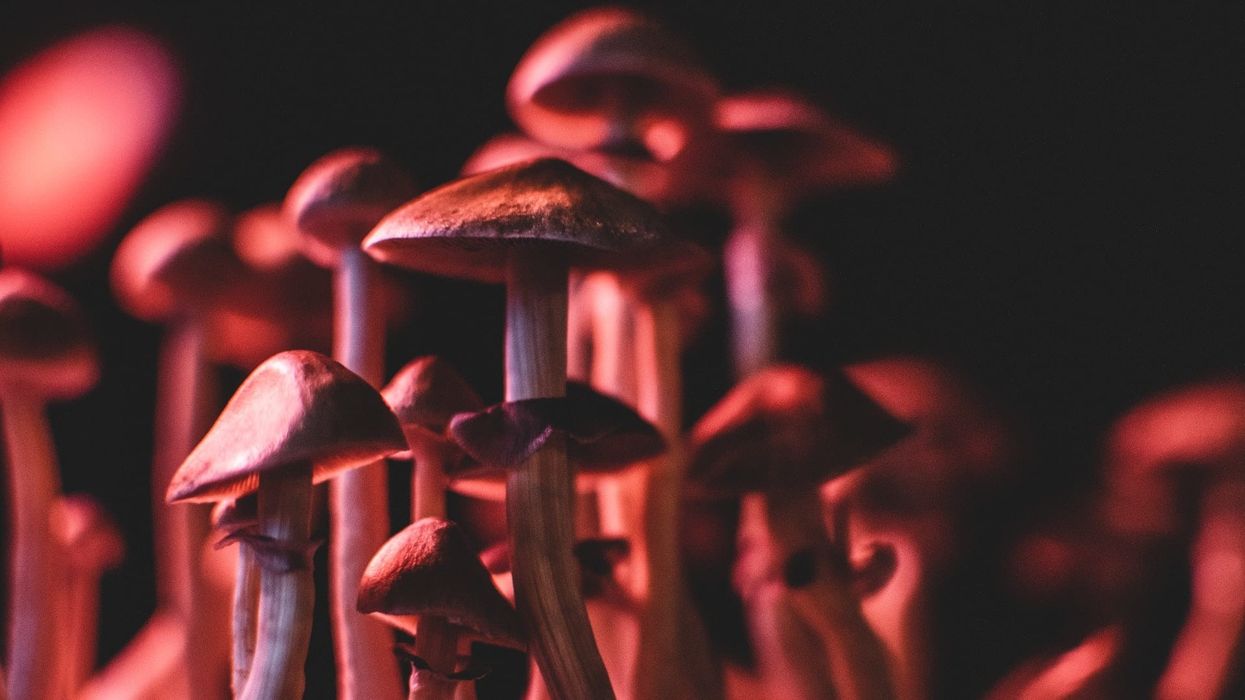
 How to Store Magic Mushrooms
How to Store Magic Mushrooms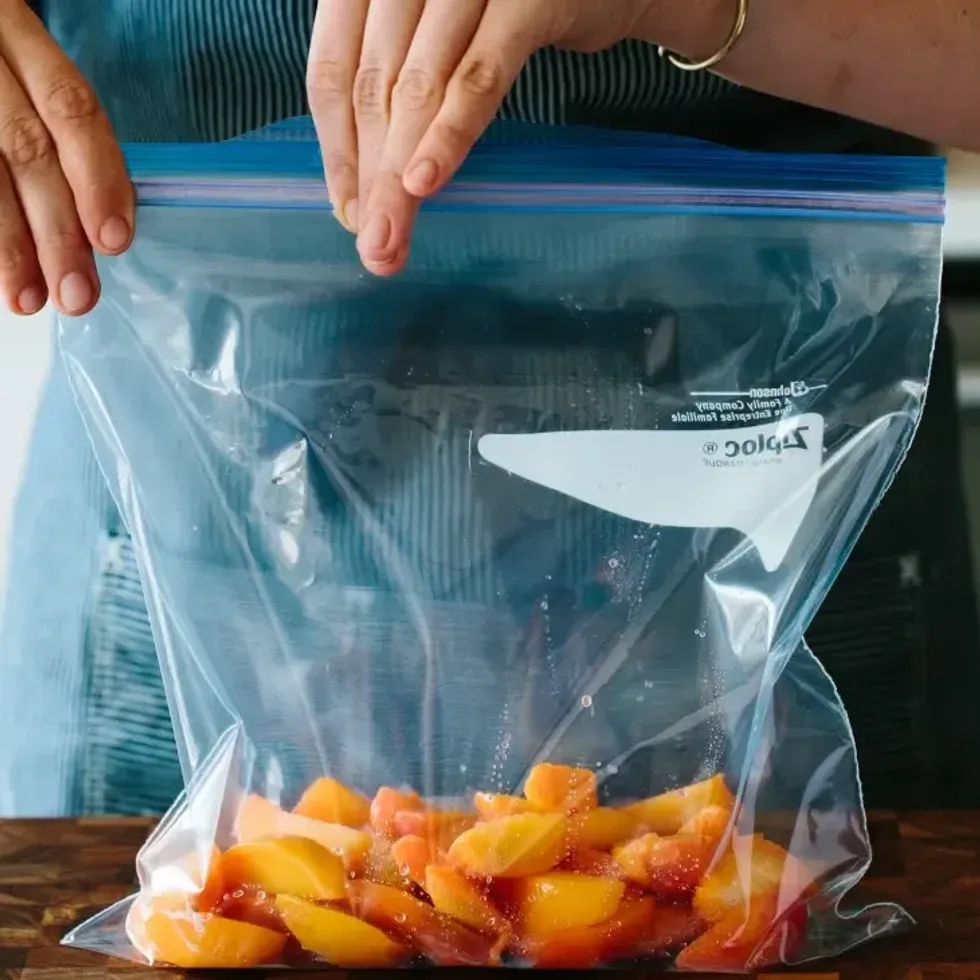 How to Store Magic Mushrooms
How to Store Magic Mushrooms How to Store Magic Mushrooms
How to Store Magic Mushrooms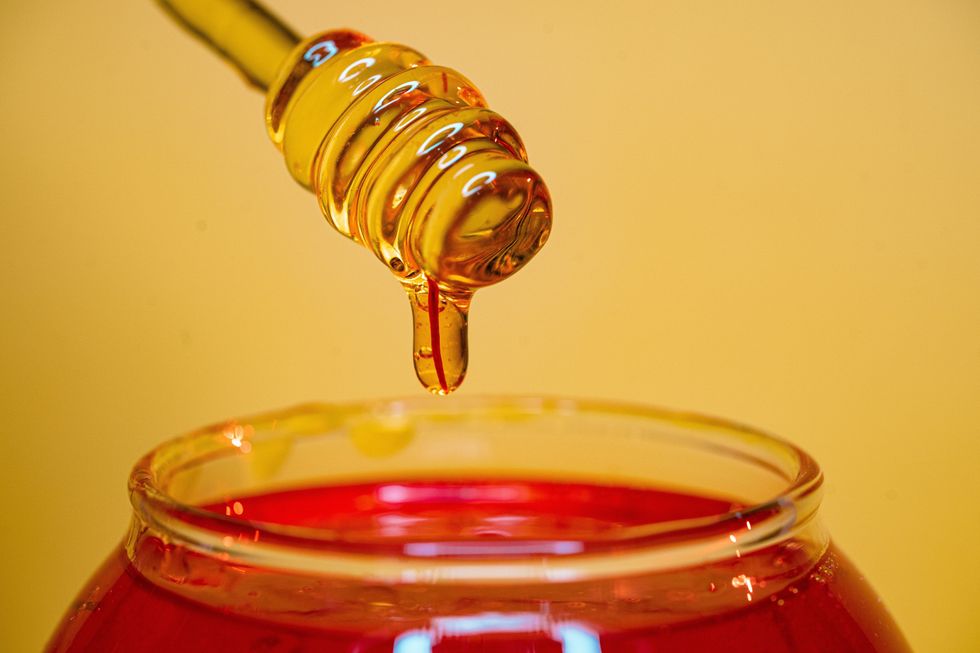 How to Store Magic Mushrooms
How to Store Magic Mushrooms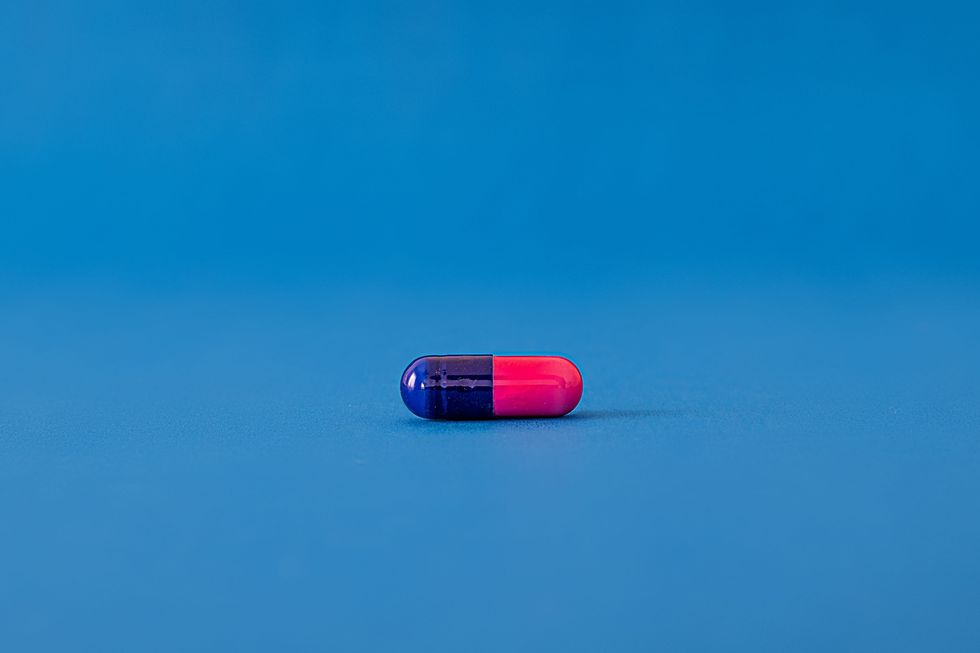 How to Store Magic Mushrooms
How to Store Magic Mushrooms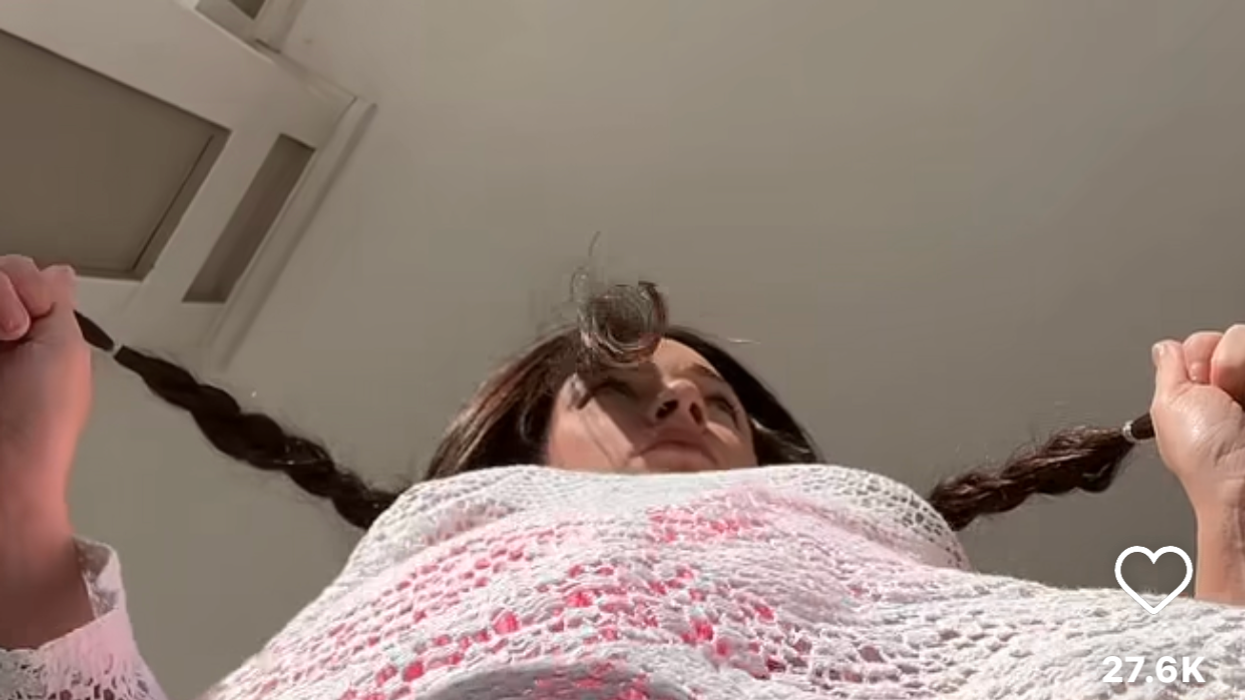
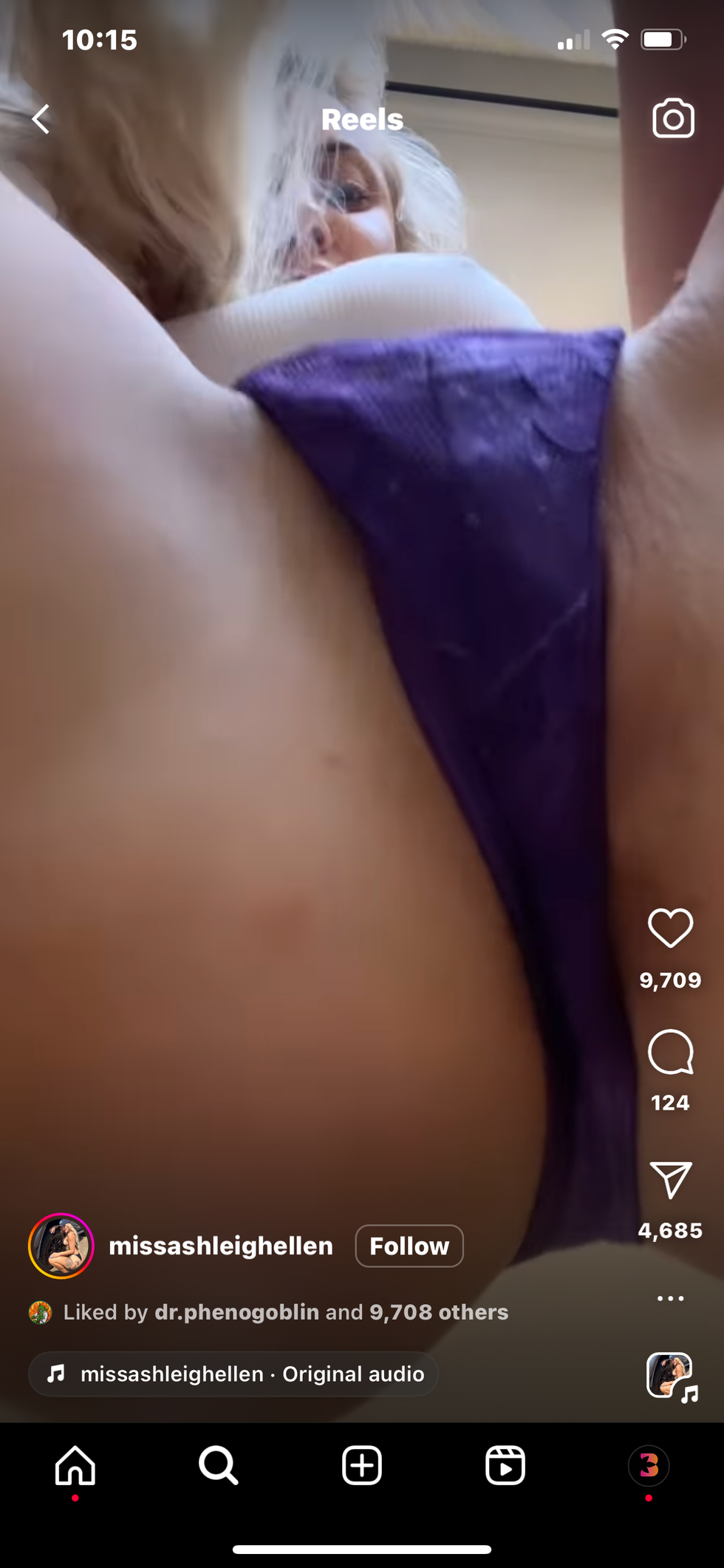 Example of sexually suggestive content that's rampant on our Instagram feeds and under Explore sections.
Example of sexually suggestive content that's rampant on our Instagram feeds and under Explore sections.  Examples of sexually suggestive content that's rampant on our Instagram feeds and under Explore sections.
Examples of sexually suggestive content that's rampant on our Instagram feeds and under Explore sections. 